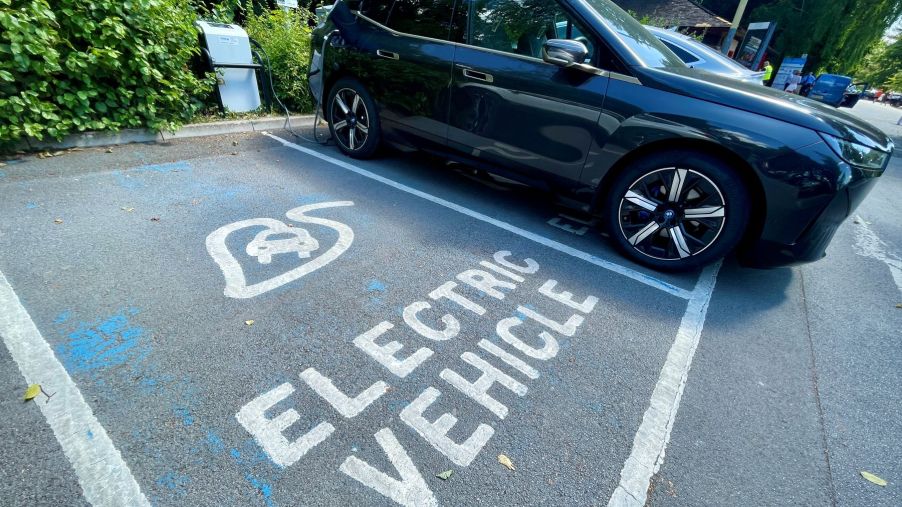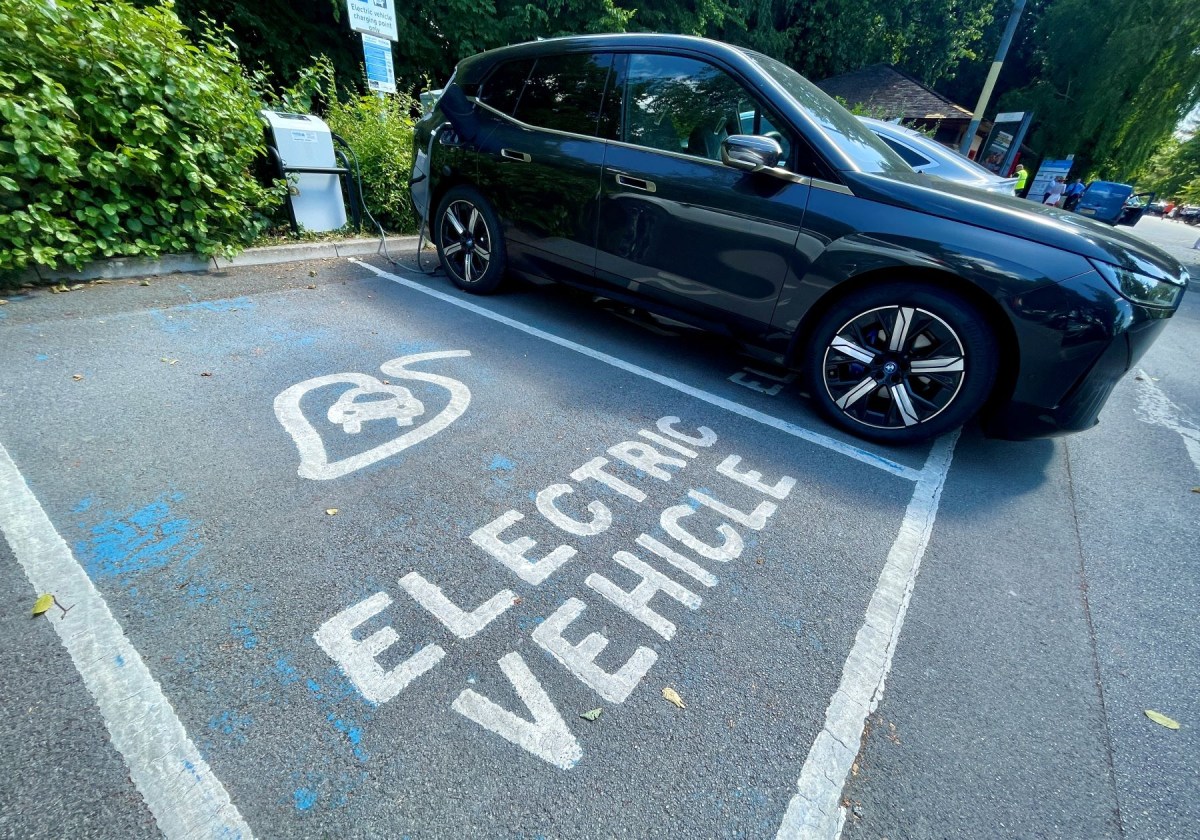
Yale Study Proves EVs Are More Efficient Than Gas-Powered Cars Any Way You Slice It
Not everyone believes that EVs are the best way the auto industry can address climate change. Some argue that EVs actually cause more harm than their internal combustion engine (ICE) powered counterparts. But the results of a recent Yale study illustrate that this argument simply doesn’t hold water and that electric vehicles are ideal for consumers who want to help curb greenhouse gases.

The argument against EVs
Some EV critics have claimed that these relatively new vehicles are actually bad for the environment. They note that EVs are—contrary to their marketing—not really emission-free. And while their emissions are indirect, they are way greater (and therefore worse for the environment) than those of ICE vehicle emissions.
What’s meant by indirect emissions? The term is used to describe the emissions that occur during the entire lifecycle of a particular vehicle.
The mining and processing the lithium and other materials vital to EV operation involve greenhouse gas (GHG) emissions. Manufacturing plants emit greenhouse gases (GHGs) during EV production, especially battery assembly. Battery disposal also involves GHG emissions. And getting EVs from the assembly line to the dealership lot usually does as well.
When you add these indirect emissions up, some critics argue, the total GHG emissions outpace those directly emitted by ICE vehicles on the road. However, a recent study by researchers at Yale University proves this contention wrong.
What Yale researchers found about EV emissions
Published in Nature Communications, the recent study by researchers from the Yale School of the Environment compared the indirect emissions to those of ICE vehicles. And their efforts yielded evidence that EV indirect emissions are far less than the indirect emissions of ICE vehicles.
In fact, researchers were surprised by how “dirty” the ICE vehicle supply chain was.
The study considered possible future developments in EV production, such as a carbon tax and the decarbonization of the U.S. electricity supply. In these instances, EV production would presumably increase, also raising EV indirect emissions.
However, even when modeling these developments, the research team found that the indirect emissions from the EV supply chain were still far lower than that of ICE-powered vehicles. If either or both developments occurred, the resulting decrease in GHGs from deceased ICE vehicle sales would more than offset the increase in indirect EV emissions.
While the comparison between indirect emissions of ICE and EV vehicles is certainly interesting, there was quite a bit more to the study. The researchers wanted to examine how what are known as integrated energy models (IEMs) change relative to developments in different sectors.
The researchers noted that current IEMs demonstrated that the global community would have a difficult time meeting the shared climate goals of the Paris Agreement. But they also believed that these IEMs didn’t adequately reflect how other emissions would be affected when emissions outputs decreased in one sector.
In this case, the researchers noted that increased EV demand would help reduce indirect emissions by reducing the demand for, and consequently the indirect emissions of, ICE vehicles. However, they noted that the substantial volume of remaining ICE indirect emissions was still an obstacle to meeting the goals of the Paris Agreement.
Why more U.S. consumers need to buy EVs
The U.S. still lags behind many other nations in EV adoption rates. But with the effects of climate change already beginning to be felt, the auto industry has begun to shift production to hybrids and EVs. Younger consumers increasingly demand them; more states are establishing new or examining potential regulations. And the federal government continues to offer incentives for consumers to buy.
EVs offer the U.S. auto industry a viable way to tackle climate change and reduce GHGs. Not only does the Yale study highlight that, but the researchers also emphasized the wide gap between EV indirect emissions and ICE direct emissions. In other words, all the GHGs emitted to produce an EV pale compared to those emitted by ICE vehicles on the road.
When looking at the two, there’s no real comparison. EVs are far cleaner vehicles. And they offer the auto industry a viable way to reduce GHGs and combat climate change.


